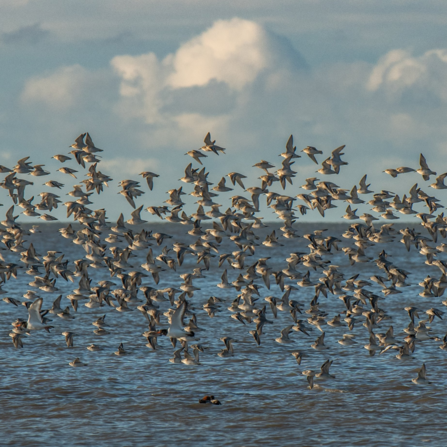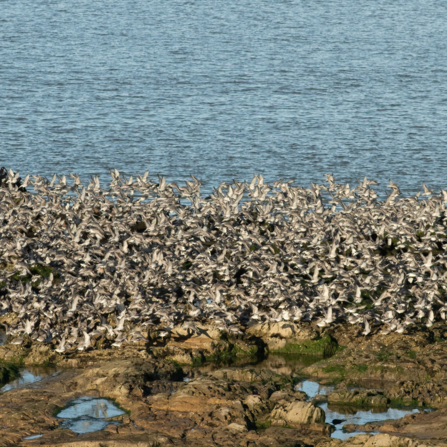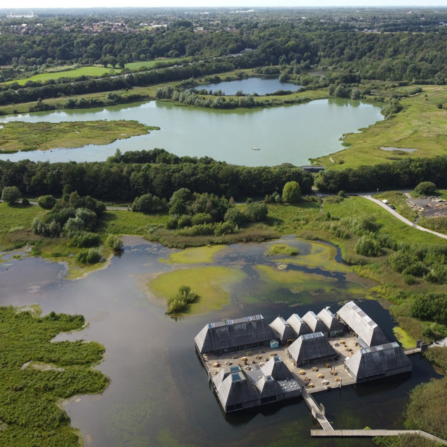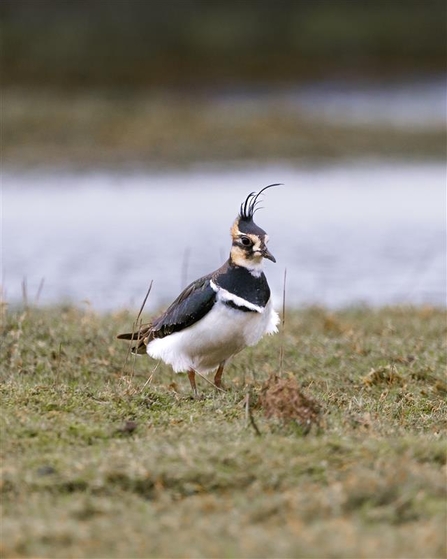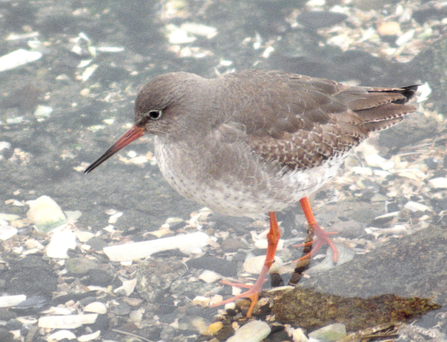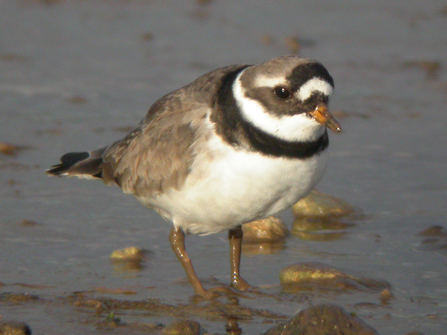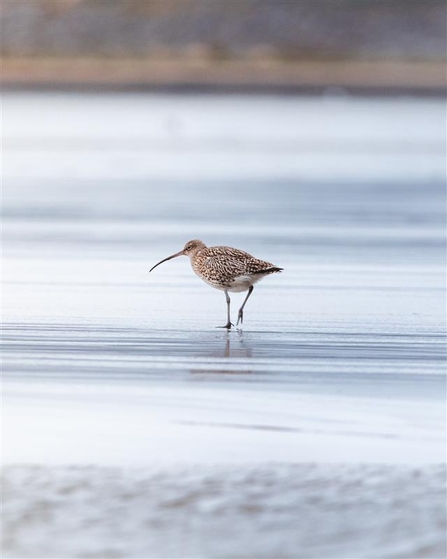What is a wading bird?
Waders can be a tough group to define. The term is used to describe members of a number of bird families, all from the order Charadriiformes (which also includes gulls, terns, skuas, and auks). As the name suggests, most waders are usually found wading through shallow water, or along its muddy margins to forage for food crawling or burrowing in the mud and sand.
They normally have long spindly legs, are often largely brown (but not always!), and gather in groups. In other parts of the world, they are known as shorebirds. There are 210 species of wading birds, and they tend to gather in huge colonies and can be hard to identify from a distance! We explore some of the species that can be found on our reserves, along with other species of waterfowl.
Read up on our tips to identify the difference between similar wading birds on our reserves and estuaries.


